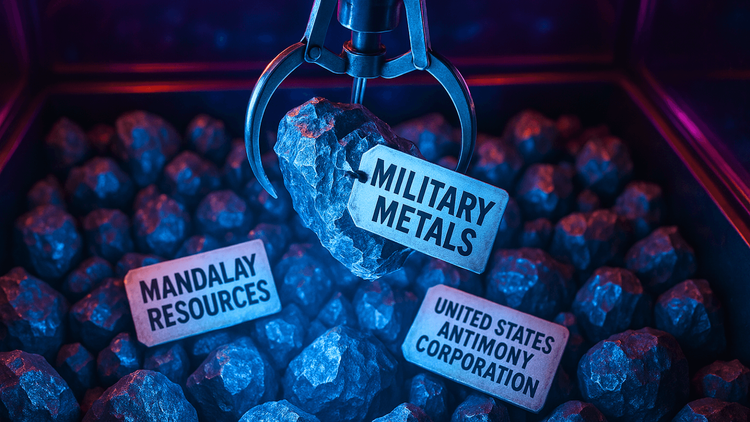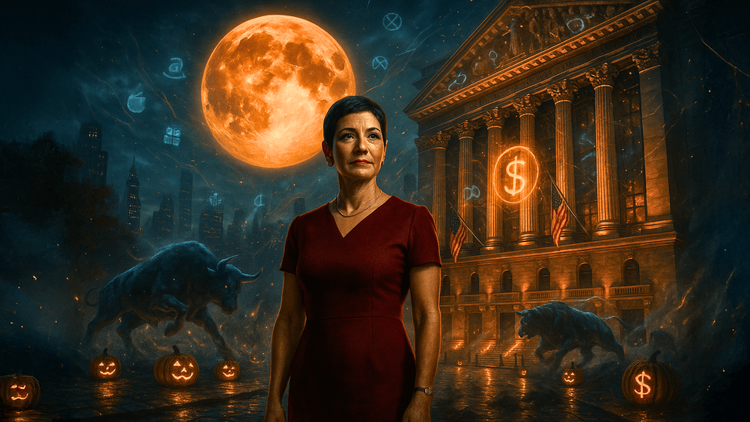The Role of Industrial Giants in Nuclear Energy Expansion
How energy-intensive industries and AI-driven innovation are shaping the future of nuclear power

The nuclear industry stands at the forefront of a new era in energy demand. As artificial intelligence (AI), large industrial energy-intensive users, and the rise of electrification push energy consumption to new heights, there's a growing need for power that’s not only abundant but also clean and reliable. Nuclear energy, once considered a niche sector, is rapidly becoming a key player in addressing these challenges. At the World Nuclear Symposium 2024, experts and stakeholders explored how end-users—particularly large industries—can help drive the growth of nuclear energy.
The Rising Demand for Power
As industries become more dependent on digital technologies and AI-driven processes, energy consumption is skyrocketing. Data centers, factories, and other large-scale operations require continuous and dependable energy, and the growth of electrification across sectors only amplifies this need. This increasing demand for electricity is not just about quantity; it also demands quality—energy that is sustainable, reliable, and available 24/7.
The Need for Clean and Dependable Energy
With global decarbonization efforts in full swing, industries are under pressure to reduce their carbon footprints. While renewable energy sources like wind and solar play a crucial role in this transition, they are intermittent by nature. Nuclear energy, however, offers the firm, continuous power that many industries need. By combining renewables with nuclear energy, the global energy grid can achieve both sustainability and reliability.
Panel Discussion at World Nuclear Symposium 2024
At the World Nuclear Symposium 2024, a panel of experts examined the changing landscape of energy consumption and nuclear power. The discussion, titled Power Partners – Connecting End Users with 24/7 Energy, brought together representatives from both the nuclear industry and end-users. Chaired by Coralie Laurencin, senior director at S&P Global Commodity Insights, the panel explored how nuclear energy can meet the decarbonization goals of various industries.
Decarbonisation and End-Users
One of the primary industries that stand to benefit from nuclear energy is the cement and concrete sector. Represented on the panel by Claude Lorea, Director of Innovation and ESG at the Global Concrete and Cement Association, this industry is a significant energy consumer. According to Lorea, the decarbonization of the electricity used in cement-making processes accounts for 5% of emissions reductions in their roadmap to net-zero by 2050.
However, the introduction of Carbon Capture and Storage (CCS) technology will drastically increase energy demands. Lorea noted that the cement industry currently uses around 100 kWh per tonne of cement, but incorporating CCS will double that. To meet this need, nuclear energy becomes a critical solution, providing the clean, high-output power required.
Microsoft’s Nuclear Perspective
The tech sector is also increasingly looking to nuclear energy to meet its growing power needs. Microsoft, a global leader in AI and cloud computing, consumes vast amounts of energy, especially in its data centers. Todd Noe, Microsoft's Director of Nuclear and Energy Innovation, shared the company's view that nuclear energy can provide the "firm power" they need. While Microsoft is one of the largest consumers of renewable energy globally, Noe emphasized that nuclear is seen as complementary to renewables, offering the stability that intermittent sources lack.
Business Models for Nuclear Energy
New business models are emerging in the nuclear industry, driven by the need for partnerships between energy suppliers and end-users. Juliann Edwards, Chief Development Officer at The Nuclear Company, highlighted the importance of aligning industry stakeholders, including utilities, vendors, off-takers, and the financial community, to make nuclear projects viable.
Traditionally, nuclear plants have been built and operated by single entities. However, with increasing interest from large energy users like Microsoft, the industry is moving toward more collaborative models. By securing long-term contracts with end-users, nuclear companies can reduce financial risks and accelerate project development.
The Role of Government Policies
Government policies play a pivotal role in the success of nuclear new-builds. In the USA, federal and state support is necessary to provide financial certainty for new projects. Edwards stressed that bipartisan support is essential for ensuring that nuclear initiatives can survive political changes. In Europe, governments have already provided significant support for nuclear development, helping to drive innovation and deployment.
Financial Challenges in Nuclear Development
One of the main roadblocks to nuclear expansion is access to capital. Nuclear projects are long-term investments, often taking decades to become fully operational. This long-term horizon makes it difficult for traditional banks to justify funding. However, as more industries express interest in nuclear power, financial institutions are beginning to recognize the long-term value of these projects.
Carbon Capture and Storage (CCS)
CCS technology is expected to play a major role in reducing carbon emissions in energy-intensive industries like cement and steel. However, the energy demands of CCS are enormous. Nuclear energy offers a solution, providing the large-scale, clean electricity needed to power these technologies. By integrating nuclear with CCS, industries can make significant strides toward their decarbonization goals.
The Global Push for Nuclear Energy
Globally, there is a growing consensus that nuclear energy will be essential in meeting future energy demands. In Europe, countries like France and the UK are leading the charge in nuclear development, while in the USA, federal policies are beginning to shift toward greater support for nuclear.
Off-taker Contracts and Long-Term Planning
Long-term planning is essential for the success of nuclear projects. Off-taker contracts, in which large energy users agree to purchase power over extended periods, are becoming a key component of nuclear financing. These contracts provide the certainty that nuclear developers need to secure funding and move forward with new builds.
Technological Innovations in Nuclear
Nuclear technology is evolving, with advancements in lightweight reactors and fuel efficiency. These innovations are making nuclear energy more accessible and cost-effective, allowing it to compete with other forms of power generation.
Future Projections: A 12-Month Outlook
Experts at the World Nuclear Symposium predicted significant progress in nuclear energy over the next 12 months. Key developments include the approval of new technologies, the signing of off-taker contracts, and the optimization of power upgrades in existing plants.
Conclusion
Nuclear energy is poised to play a critical role in meeting the world's growing energy demands. As industries like cement, tech, and steel look for ways to decarbonize, nuclear offers the firm, clean power they need. However, success will depend on strong partnerships between energy providers, end-users, governments, and financial institutions.






